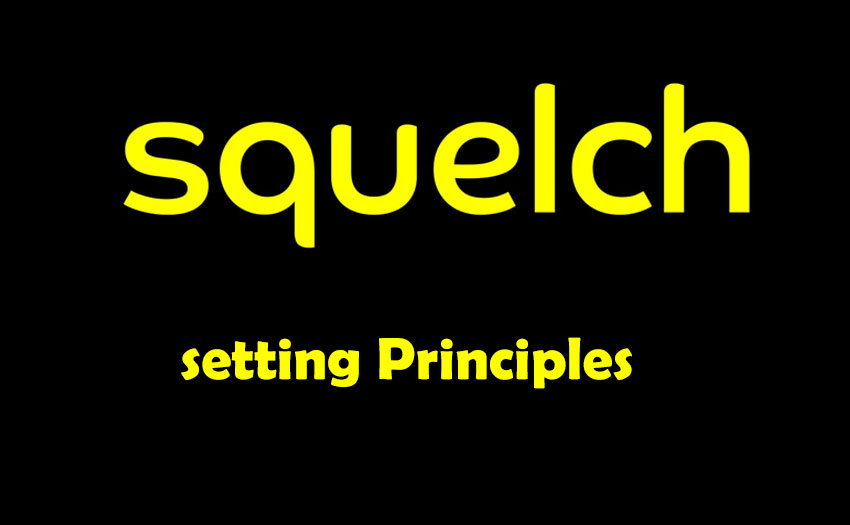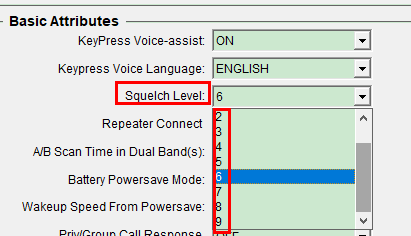+86 15093323284 hams@ailunce.com
Principles of setting the squelch level

Why set squelch?
During the use of wireless walkie-talkies, the walkie-talkies are in standby for a long time. When there is no signal from the radio, the internal noise can generate a large noise at the audio output end, and the speaker will make a large "rustle" sound. Because the receiving walkie-talkie has high sensitivity and high gain, this kind of noise is annoying, causing interference and hearing fatigue to the user.
When there is a receive signal , it has a significant squelch effect on the noise, and the noise level is reduced, which does not affect the communication effect. Therefore, the two-way radio used as wireless communication is equipped with a squelch circuit. Its function is to automatically lock the low-frequency amplifier of the radio during the standby and the interval between calls, so that noise will not be output from the speaker or headphones.
Many users have this experience when using walkie talkies. When the received signal is strong, the noise is small or even no noise; otherwise, when the signal is weak, the noise is large. When using the same two-way radio to receive the other party ’s signal, the closer the communication distance is, the stronger the received signal is and the smaller the noise is; on the contrary, the longer the communication distance is, the weaker the received signal is, the louder the noise is, and the other party is not even heard Speech sound.
This requires us to properly adjust and use the squelch function of the radio according to different situations to solve the relationship between useful signals and squelch.
Squelch Switch
It is a function key specially designed to solve the contradiction between radio call quality and noise.
Principles for setting the squelch level
We know that on many radio, there are different squelch level, when adjust the level, It depends on the user's communication environment and communication requirements.
● When the user requires a longer communication distance, the received signal will become weaker. This requires a higher receiving sensitivity, a lower squelch level.
● When the user's communication distance is short and the received signal is strong, the squelch level should be higher, or the squelch adjustment is deeper, and the noise will be smaller.
● When there is intermittent phenomenon during the call, it means that the radio receiving signal is weak, or the signal cannot be heard during the change of the communication distance. At this time, the squelch level should be reduced to increase the sensitivity.
Under normal circumstances, If the communicate distance is not very far, the level should set higher. The distance in the wild is longer, and the level should set lower.
As each model has a different classification, sometimes it can only be based on experience, and the factory setting can only be used as a reference.

In short, in wireless two-way radio communication, it is necessary to keep the noise as low as possible under the conditions of the communication.
As the environment and conditions change, adjust the squelch level in time for the radio to get the best signal.











